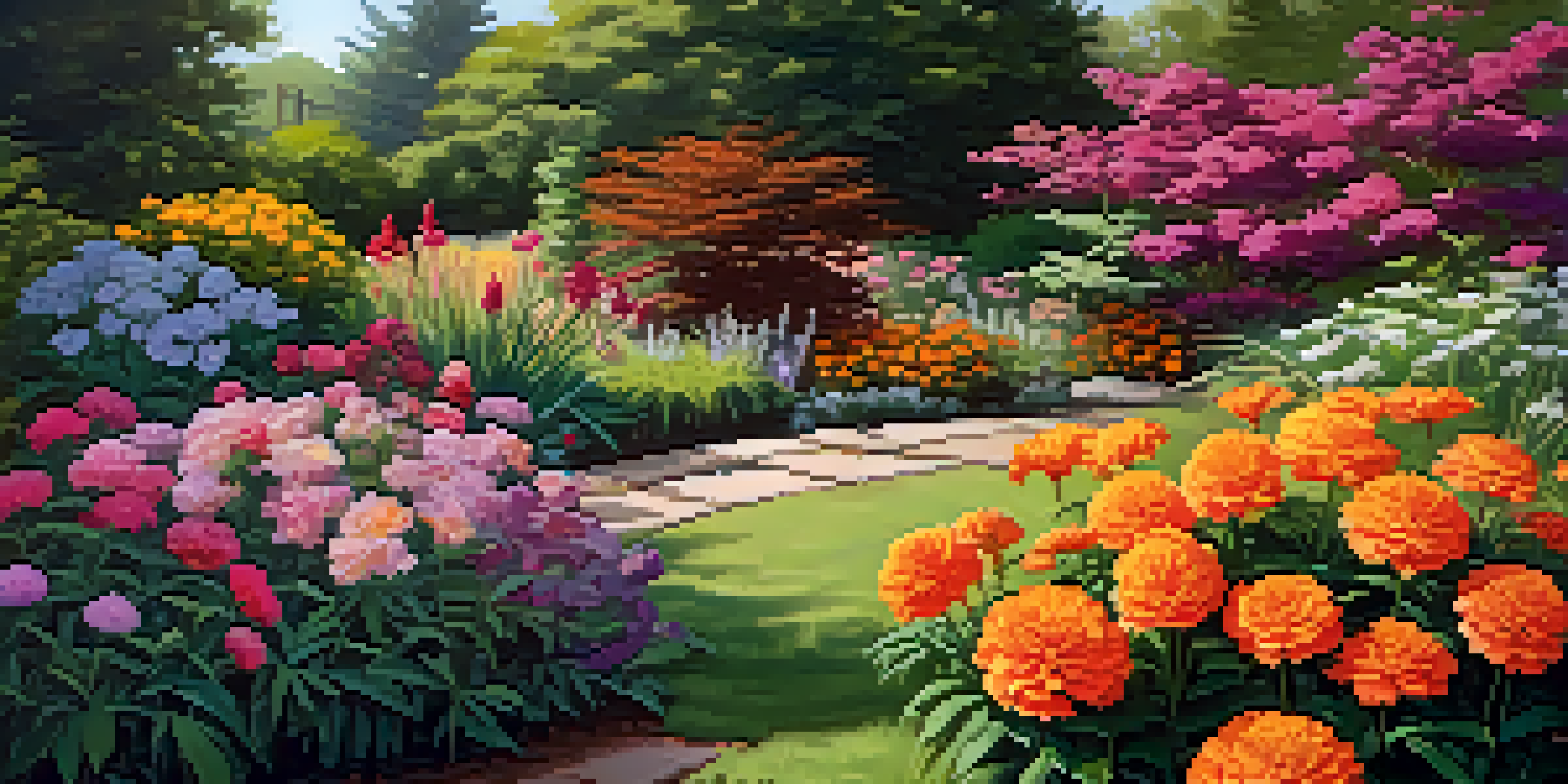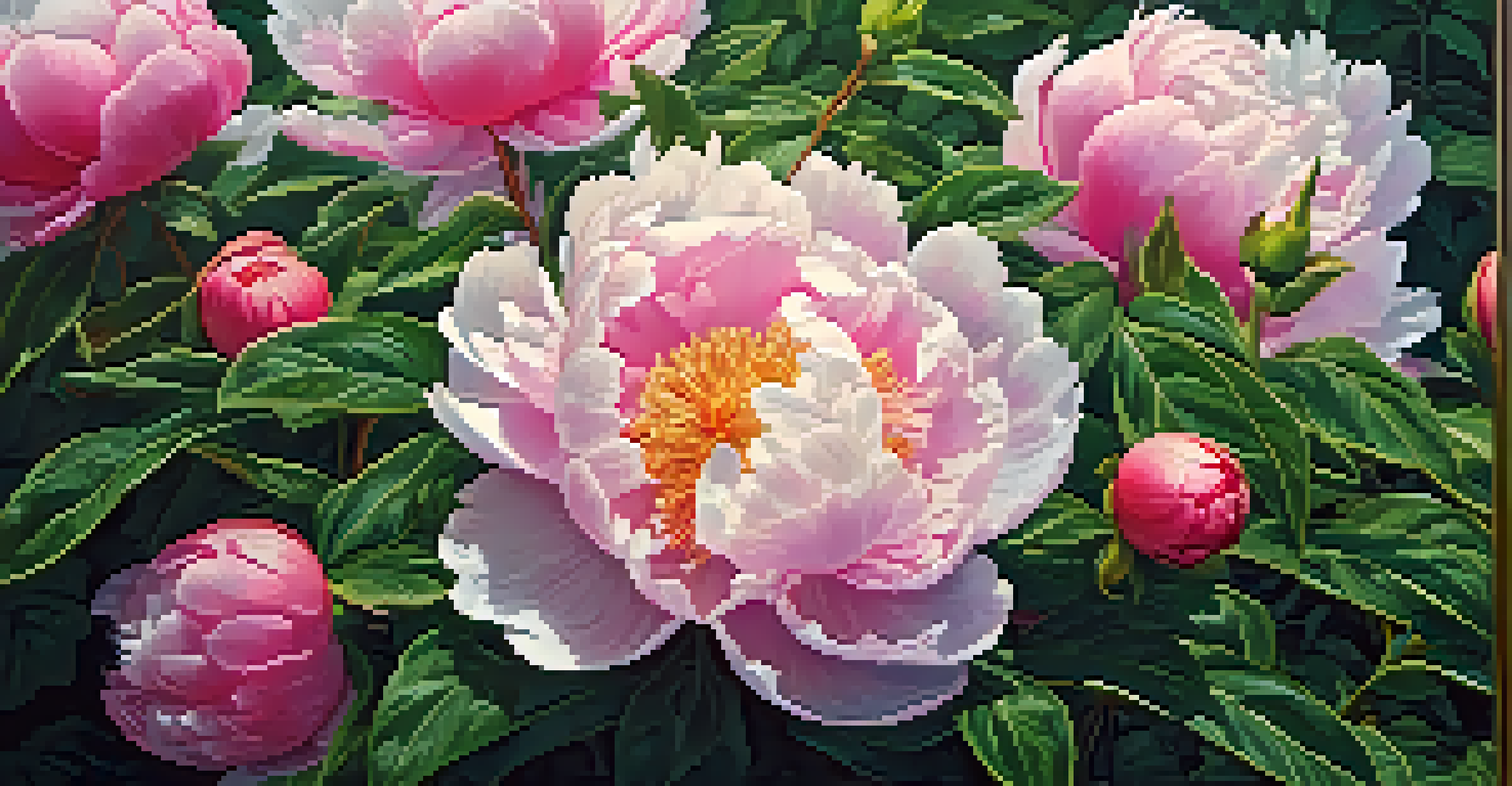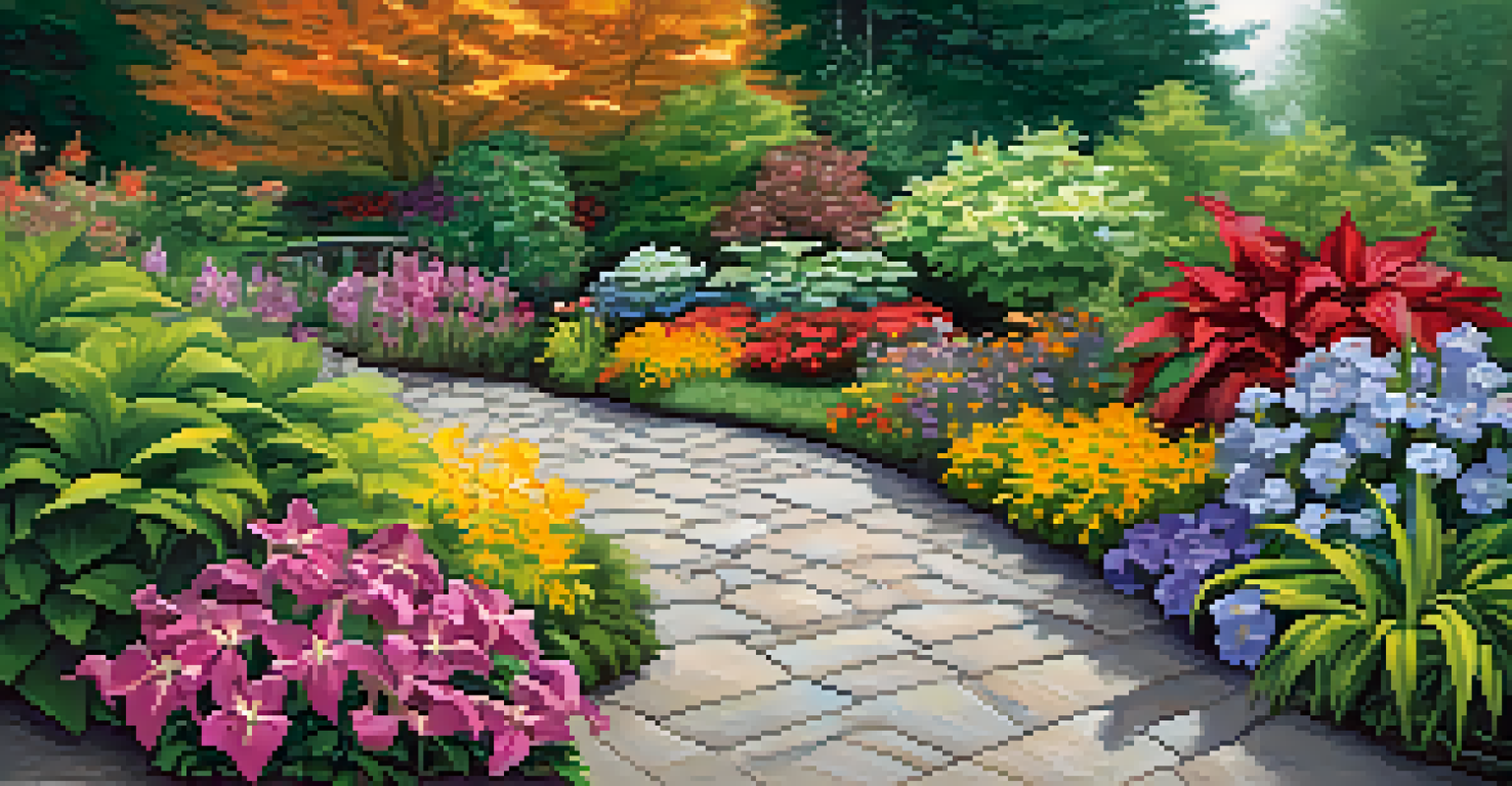Perennial Plants vs Annuals: Key Differences Explained

What Are Perennial Plants?
Perennial plants are those that live for more than two years, returning year after year. They often provide seasonal beauty, with many flowering plants showcasing vibrant blooms during specific times of the year. This longevity makes them a popular choice for gardeners looking to create lasting landscapes.
Gardening is a way of showing that you believe in tomorrow.
Examples of perennial plants include well-known varieties like peonies, daylilies, and hostas. These plants establish deep root systems, allowing them to access nutrients and moisture from the soil, which helps them thrive over time. Some perennials will even spread through their roots, creating clusters that can fill a garden bed beautifully.
One of the main advantages of perennial plants is their ability to adapt to changing seasons. While they may die back in winter, their roots remain alive, ready to sprout new growth come spring. This resilience makes them a wonderful investment for any garden.
What Are Annual Plants?
In contrast, annual plants complete their life cycle within a single growing season. They germinate, flower, produce seeds, and die all in one year, making them a popular choice for gardeners looking for quick bursts of color. Annuals are typically planted in spring and will perish by the first frost in fall.

Common examples of annual plants include marigolds, petunias, and zinnias. These plants are favored for their vibrant colors and the ability to fill garden spaces quickly. Gardeners often use annuals to create stunning displays that change significantly from one season to the next.
Perennials Last Over Years
Perennial plants live for multiple years, returning each season and requiring less frequent replanting.
While annuals might not provide the same long-term presence as perennials, they offer flexibility. Gardeners can experiment with different varieties each year, allowing for creativity and variety in their garden designs.
Key Differences in Lifespan
The most significant difference between perennial and annual plants is their lifespan. As mentioned earlier, perennials live for multiple years, while annuals complete their life cycle in just one year. This fundamental difference influences how gardeners approach planting and maintenance.
In every gardener, there is a child who believes in The Seed Fairy.
Perennials require less frequent replanting, which can save time and effort in the long run. Once established, they often need less care, as their roots dig deep into the soil, making them more drought-resistant compared to annuals. This can be a crucial factor for busy gardeners.
On the other hand, annuals can provide an immediate impact with their vibrant blooms and are often used to fill in gaps left by dying perennials. They allow for seasonal experimentation, making them a great choice for gardeners who love to change their landscape often.
Growth Patterns of Perennials vs Annuals
Growth patterns between perennials and annuals can be quite distinct. Perennials often experience a cycle of dormancy and renewal, with foliage emerging in spring, flourishing in summer, and dying back in the fall. This rhythm can create a dynamic garden landscape that changes with the seasons.
Annuals, however, tend to grow rapidly and bloom in a single season. They often reach full size quickly, offering a burst of color that can fade just as fast. This quick growth can be both a blessing and a challenge, as gardeners must be vigilant about watering and fertilizing throughout the season.
Annuals Provide Quick Color
Annual plants complete their life cycle in one year, offering vibrant blooms but requiring more maintenance.
Understanding these growth patterns can help gardeners plan their spaces more effectively. By mixing perennials with annuals, one can create a garden that offers year-round interest and beauty while ensuring that there is always something in bloom.
Maintenance Needs: Perennials vs Annuals
When it comes to maintenance, perennials generally require less attention once they are established. They often need minimal watering and can survive on natural rainfall, especially if planted in suitable locations. This makes them an ideal choice for gardeners looking for low-maintenance options.
Annuals, conversely, require more frequent care. They need regular watering, deadheading (removing spent blooms), and fertilization to keep them thriving throughout the season. This additional effort can be rewarding, as the results are often stunning displays of color.
Ultimately, the choice between perennials and annuals will depend on the gardener's preferences, time commitment, and the specific conditions of their garden. Understanding these maintenance differences can help gardeners make informed decisions.
Cost Considerations for Perennials and Annuals
Cost is another factor to consider when deciding between perennial and annual plants. While annuals may be less expensive per plant, they need to be replanted each year, which can add up over time. This replanting cost can make annuals more costly in the long run compared to perennials.
Perennials, while often more expensive upfront, can save gardeners money in the long term due to their longevity. Once planted, they often require fewer replacements and can thrive for many years, making them a worthwhile investment.
Cost Differences Matter
While annuals may seem cheaper initially, perennials can be more cost-effective in the long run due to their longevity.
When budgeting for a garden, it's essential to weigh the initial costs against the long-term benefits. Depending on how a gardener plans to use their space, perennials could offer a more cost-effective solution over time.
Best Uses for Perennials and Annuals in Gardens
Both perennials and annuals have their unique strengths, making them suitable for different gardening scenarios. Perennials are perfect for creating a stable foundation in a garden. They can form the backbone of a landscape, providing structure and consistency throughout the seasons.
Annuals excel in adding splashes of color and filling in bare spots. They can be used to create seasonal themes, such as a vibrant summer garden or a cozy fall display. Their versatility allows gardeners to adapt their planting scheme each year, keeping things fresh and exciting.

By combining both types of plants, gardeners can enjoy the best of both worlds. A thoughtful mix can create a garden that is both visually appealing and easy to maintain, ensuring that there is always something beautiful to enjoy.